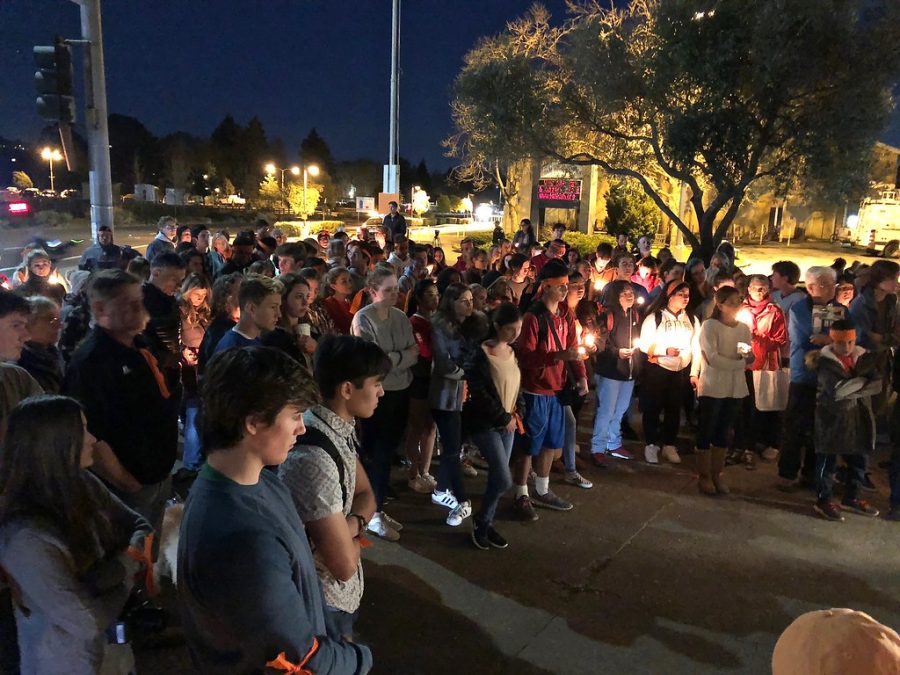By Alyssa Cordero and Gabriela MacPherson
What colleges are “the best”? For many, the answer is obvious: the Ivy League schools. There is no doubt that the Ivies (Harvard, Princeton, Yale, Brown, Columbia, Dartmouth, University of Pennsylvania, and Cornell) are excellent, especially when considering their selective admissions and impressive graduates, but are they “the best” schools for everyone?
The Ivy League dates back to the colonial period, when the first nine colleges were built. The Ivy League is an athletic conference made up of these North Eastern schools.The term “Ivy League” now connotates academic excellence.
Of course, graduating from Harvard can lead to more benefits than graduating from a non-Ivy. A Columbia University applicant, senior Michael Lange, said, “Columbia graduates have an eerie quality that connects them. My Columbia interviewer stated that he has had job interviews where after saying he went to Columbia, they cut the interview short and hired him.”
Due to a large number of successful alumni, the Ivies have a larger endowment, allowing them the ability to provide more opportunities for their students; this includes large research opportunities, internships at high-profile companies, and state-of-the-art facilities, among other things. Class of 2014 graduate Lauren Kilcullen currently attends Cornell University in Ithaca, New York. “I applied to Cornell early decision because their engineering program is excellent,” said Kilcullen.
However, going to an Ivy is an expensive undertaking, and may be unnecessary for a number of students. The top-ranked small, private liberal arts schools– such as Williams and Amherst– all rival the Ivy League schools academically; their small size allows students to have a more personalized experience. Compared to research universities with large classes often taught by a teacher’s assistant, smaller liberal arts schools have smaller class sizes and closer student-professor relationships.
Students with very specific interests, too, are often better off at more specialized schools than the Ivies. For example, according to the QS World University Ranking, the top Communications school in the world is University of California, Berkeley, followed by the University of Texas at Austin. This pattern holds true for art-focused schools as well. The US News and World Report designates Rhode Island School of Design as the top graphic design school in the country. While Yale ranked second, no other Ivy League school made the top ten.
The Ivies are not the only eight universities in the country. Students need to be reminded when looking for colleges that it is important to find the college that best suits their own personal wants and needs rather than focusing on the “name-brand” aspect.








